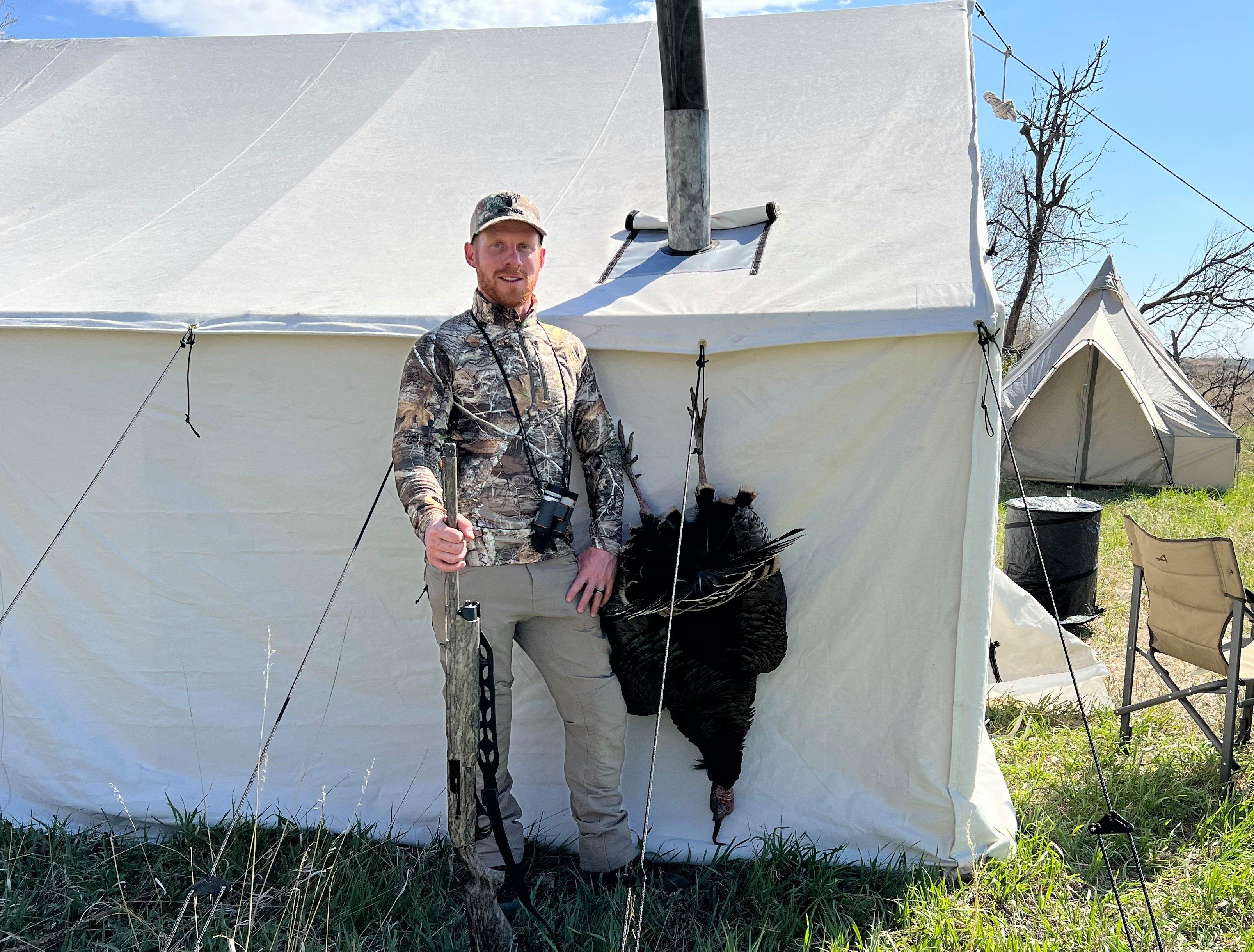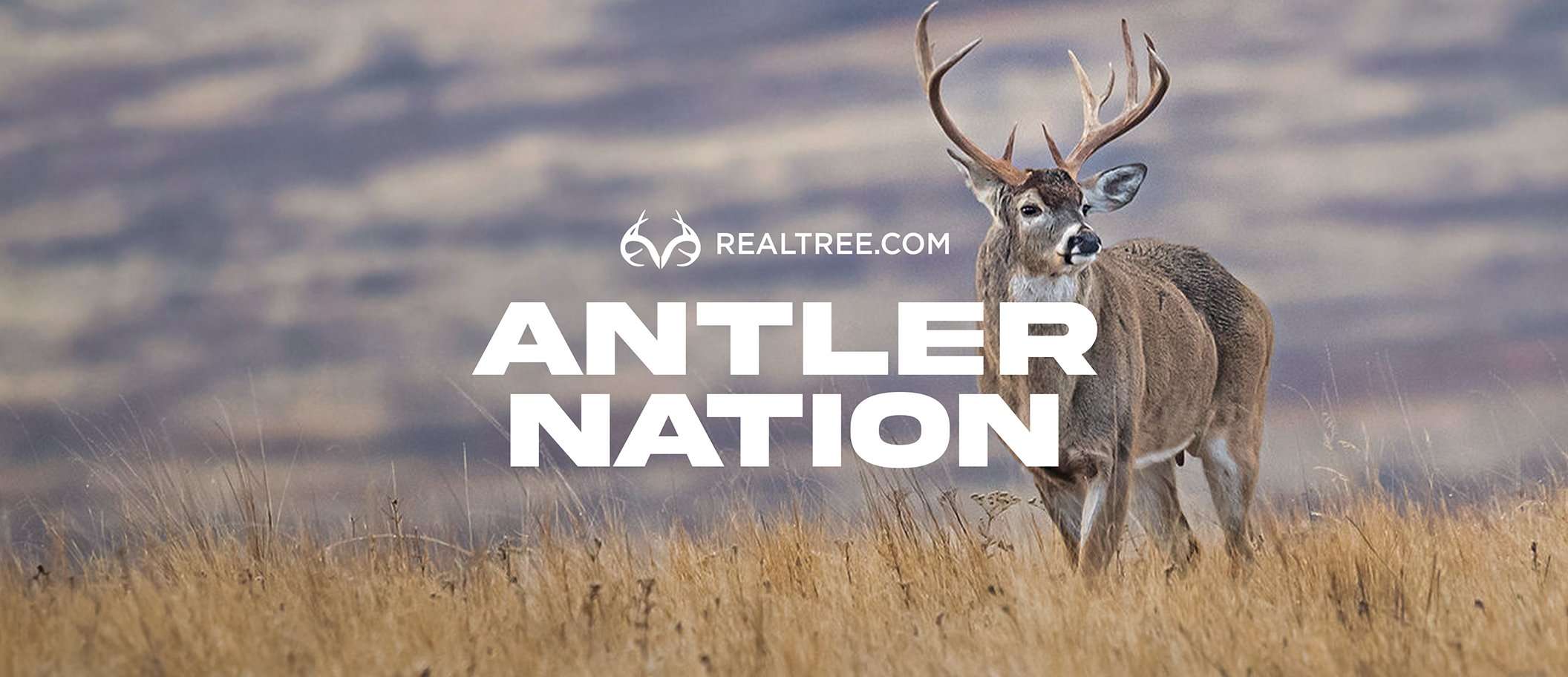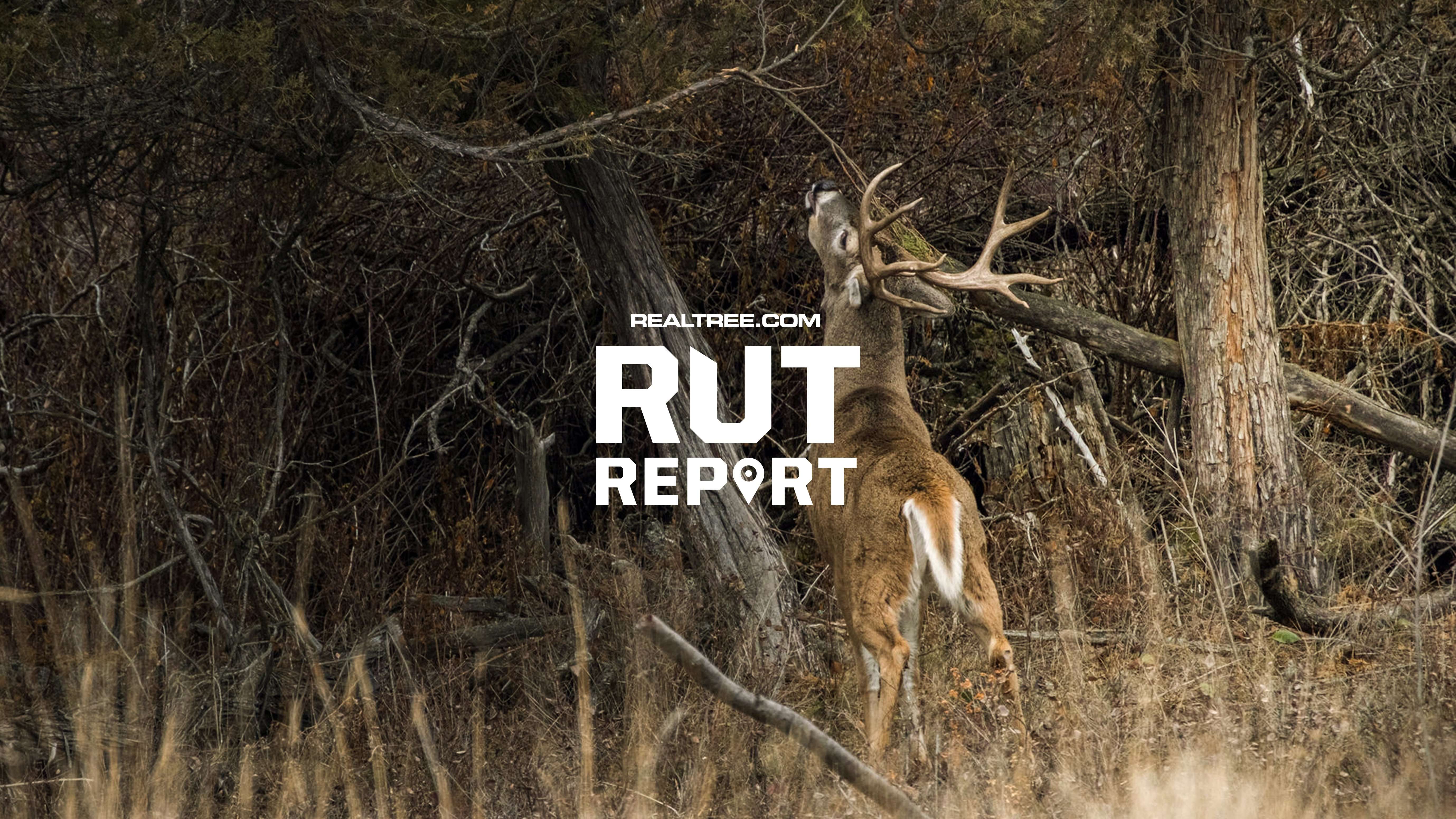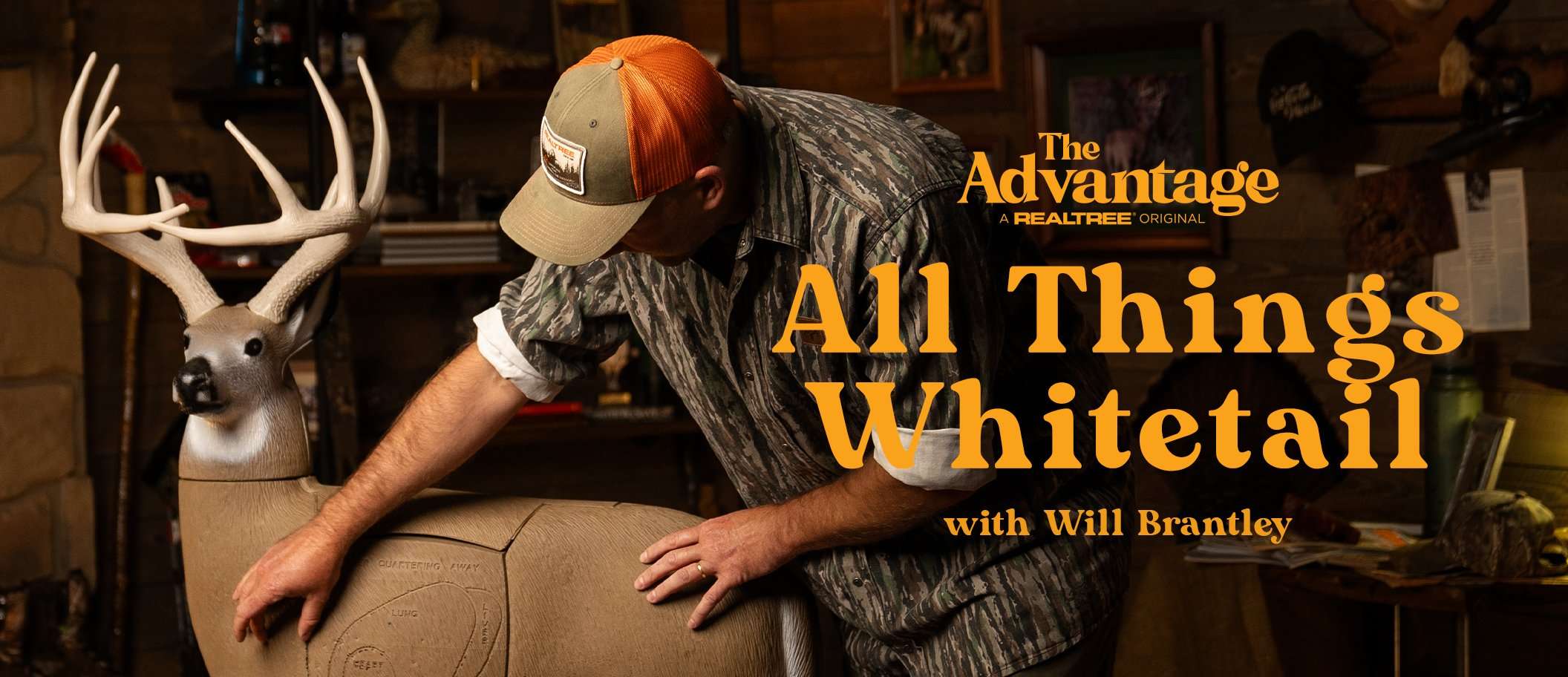Green-up is just around the corner, and so is the best turkey hunting
| Strut Report Details | |
|---|---|
| Strut Stage: | Pre Strut |
| Temperature: | 51 to 60 degrees |
| Precipitation: | Light Rain |
| Wind: | 10 - 15 mph |
| Cloud Conditions: | Partly Cloudy |
| Food Sources: | Bugs |
| Gobbling Activity: | Gobbling at daylight and then tapering off |
| Strutting Field Activity: | Dominant birds strutting with harems of hens |
| Hen Gobbler Activity: | Flocks are busting up; groups of 3 to 4 gobblers are together |
| Seen Any Poults Yet: | Not yet |
With spring turkey seasons now underway across most of the northern region, mixed reports have been pouring in over the last week. I’ll begin with Nebraska, where I hunted public-land gobblers with several other hunting industry folks from April 15-17.
The hunt was marked by massive daily temperature swings. The mornings were chilly — only 29 degrees on April 15 — and the afternoons unseasonably hot, peaking at 88 degrees on April 16. Toms and jakes gobbled hard on the limb each morning and some on the ground, but they were generally quiet during the daytime. Most flocks included multiple male birds, and while jakes readily came to jake decoys, adult gobblers were reluctant. There were jakes galore, and I observed four jakes run a tom off. The little punks have probably been harassing the toms, which likely explains our challenges with decoying and calling adult gobblers.
Regardless, I scored a little after 9 a.m. on April 16 by switching tactics. I moved in as tight as possible to a flock of three gobblers and some hens. I hid in some cover, left my decoys in their bag, and began calling. My slate call didn’t get things going, so I switched to my mouth call. Immediately, two hens began responding, and they came right in with a strutter behind them. The other two toms stayed some distance away.

Author Darron McDougal killed this big Nebraska gobbler by calling in some hens, which dragged the gobbler to within easy shotgun range. Photo courtesy of Darron McDougal.
I continued calling aggressively to the hens, and the three birds came within 35 yards but thick cedars completely obstructed them. The tom was spitting, drumming, and gobbling at my calls, but he wouldn’t wrap around the cedars, nor would the hens. Eventually, they cut to the right and hit an opening in the cedars about 40 yards away. I called loudly to stop the tom, and I claimed him with a Franchi Affinity 12-gauge stoked with a Federal Custom Shop TSS swarm. They never saw me in my King’s Camo apparel featuring Realtree Edge concealment.
Don’t Miss: How to Plan a DIY Western Big Game Hunt
The others in camp had tough luck. Jakes were ultra-responsive to calling and decoying, but the toms played hard to get. On the last day, two hunters took jakes. Since I was the first to tag out, I assisted some others with calling, and I found that hens were ultra-responsive to calling. That means the key for the next week or so will be finding a tom with hens and then using aggressive yelps and clucks to attract the hens, the same as I did to get my gobbler.
Fellow outdoor writer Patrick Meitin checked in from Idaho, saying that things are heating up. “The toms have been strutting and gobbling, but they're still henned-up. The last week in April when the hens start sitting is always the best time of the season here in northern Idaho.”
Similarly, Winchester Deadly Passion host, Melissa Bachman, has been observing several toms and jakes near her home in South Dakota. She said they’re strutting and doing their thing, but she prefers to hunt after green-up when the gobblers are more responsive to calls and decoys.
Don’t Miss: Wisconsin DNR Seeks Participants for Learn to Hunt Bear Program
Friend and Kicking Bear Foundation founder Ray Howell said, “We’ve had kind of a tough start to our Minnesota season, probably due to the weather. The turkeys seem to be a few weeks behind. The kids our mentors took on the youth hunt shot very few birds. The toms aren’t responding to calls or showing up without hens. I’ve personally started hunting them like whitetails, finding where they roost and setting up a blind and decoys in the middle of the night so that I can slip in nice and quietly for the morning hunts. I’ve come really close to getting my bird, but it hasn’t happened quite yet.”
Indiana’s prospects look promising, at least according to Bowhunter Magazine’s founder, M.R. James. “I’m seeing lots of birds this spring,” he detailed. “The gobblers have been sounding off for weeks now, and the youth season opens this Saturday (Author’s note: This input was shared with me last Friday prior to the youth opener.) It seems like this could be a good year to take a tom here in southern Indiana.”
Check Out Our Latest Camo Pattern: Realtree APX
Finally, the weather in Wisconsin had been chilly, but now it has straightened out. My wife has been seeing three toms, a bearded hen, and three jakes on our property. She said the toms have been gobbling hard on the ground. And less than an hour away from our place, some longtime friends both anchored their gobblers with ease during Time Period A. Both birds came to the decoys. They’ve also captured a group of three toms late in the afternoon without hens on their trail camera, which means some gobblers are breaking off from the hens midday and could be susceptible to calls and decoys from late morning through late afternoon.
With the weather looking even more like spring for the coming week, the action will likely keep turning up, though I expect the toms will be henned-up yet. I’ll be hunting Wisconsin’s Time Period B, so I’ll include input from my hunt in next week’s report, plus I’ll check in with folks from a few states not covered so far this spring, including up in the Northeast where May 1 openers are fast approaching. Check back next week for more turkey happenings across the North.












